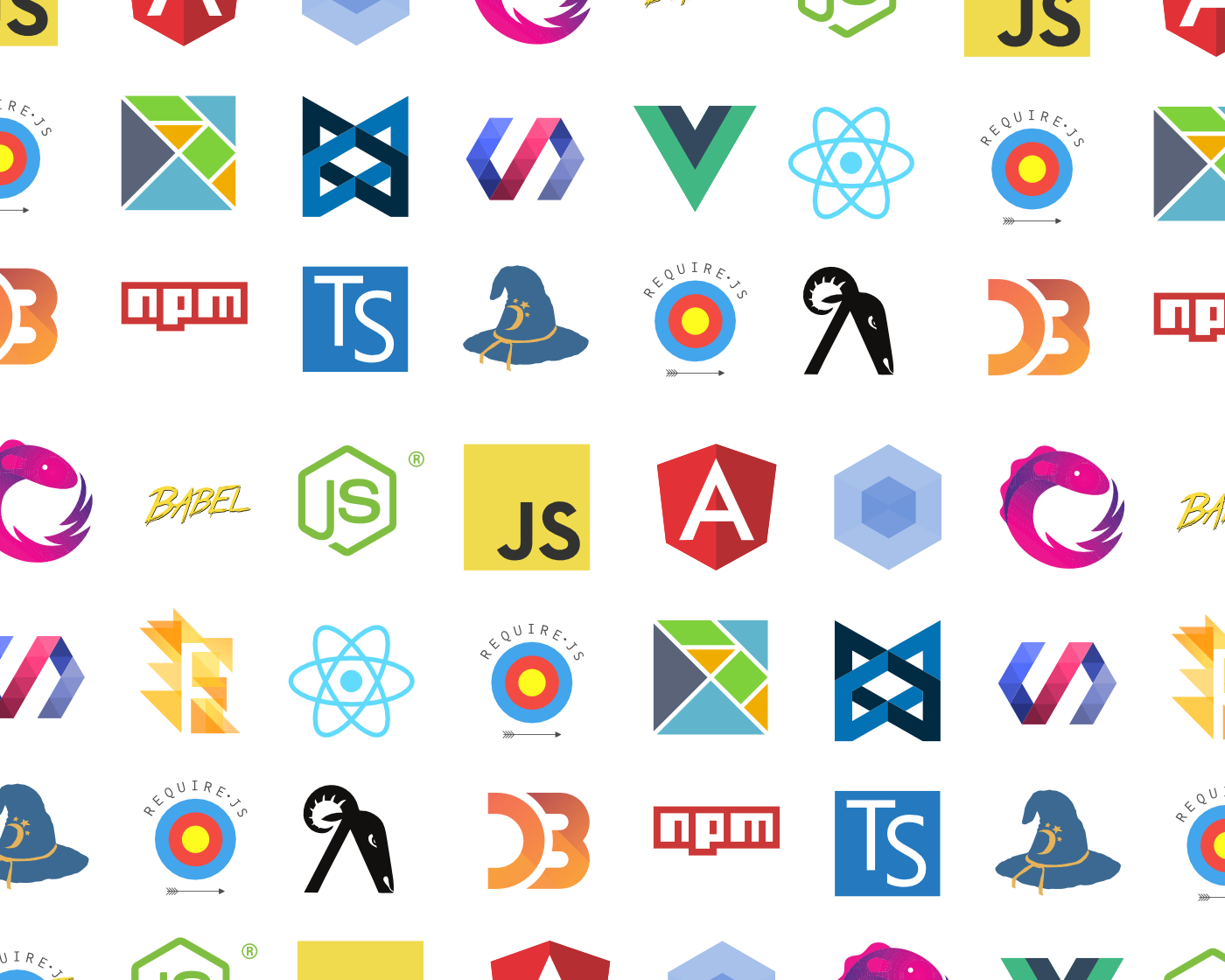Pulse of Information
Your source for the latest insights and updates.
Frameworks That JavaScript Forgot
Uncover the hidden gems of JavaScript frameworks that time forgot. Explore forgotten tools that could revolutionize your development process!
Exploring the Legacy: Frameworks That JavaScript Forgot
JavaScript has undeniably evolved into one of the most essential programming languages in the web development landscape. However, as we delve into the legacy of frameworks that JavaScript has left behind, we uncover several forgotten gems that once dominated the scene but have since faded into obscurity. Names like Prototype.js and jQuery were once synonymous with rich web applications and simplified DOM manipulation. Today, while it's easy to overlook these frameworks, they paved the way for modern alternatives, impacting the very fabric of client-side programming.
In exploring these frameworks, it's crucial to recognize their contributions to the development community. For instance, Prototype.js introduced a number of features now considered standard in JavaScript, such as class-based inheritance and AJAX support. Meanwhile, jQuery revolutionized interactions with the Document Object Model (DOM), making it tremendously easier to manage events, animations, and ajax requests. As we reflect on their impact, we not only appreciate the complexity involved in modern frameworks like React and Angular, but we also remember the foundational work done by those early frameworks that shaped our current programming paradigms.

Are We Overlooking These Forgotten JavaScript Frameworks?
As the web development landscape continually evolves, popular frameworks like React and Vue.js dominate discussions. However, are we overlooking a wealth of forgotten JavaScript frameworks that once made waves in the community? For instance, frameworks such as Backbone.js and Ember.js provided robust architectures long before modern solutions gained traction. These lesser-known frameworks still possess strengths that can be advantageous for specific projects, particularly those with unique requirements or legacy codebases.
Revisiting these forgotten JavaScript frameworks can uncover hidden gems ideal for niche applications. Backbone.js offers a minimalist approach, perfect for developers who favor simplicity and flexibility, while Ember.js champions convention over configuration, making it a solid choice for ambitious web applications. In an era where staying updated with the latest technologies is vital, don’t shy away from exploring these frameworks that could elevate your projects and expand your skill set. Embrace the possibility that the best tool for your job may not be the most talked about.
The Evolution of JavaScript: Where Did These Frameworks Go?
The evolution of JavaScript has been nothing short of remarkable, transforming from a simple scripting language into a powerful tool that powers the vast majority of the web. In the early days, developers relied on basic capabilities to enhance user experience. However, as demands for dynamic and interactive web applications grew, various JavaScript frameworks emerged to streamline development processes. Notable frameworks such as jQuery, AngularJS, and Backbone.js played critical roles in the evolution of JavaScript, providing developers with innovative solutions for building robust applications.
Today, many of these earlier frameworks have either evolved or faded into obscurity, making way for modern heavyweights like React, Vue.js, and Angular 2+. As developers flock to these contemporary tools, it's essential to recognize the impact of previous frameworks on the overall landscape of JavaScript development. While jQuery has become less prevalent in new projects, its influence is still felt, showcasing how older technologies can shape the emergence of newer frameworks. In this fast-paced environment, the focus continues to shift towards performance, scalability, and maintainability, prompting the question: where did these frameworks go?